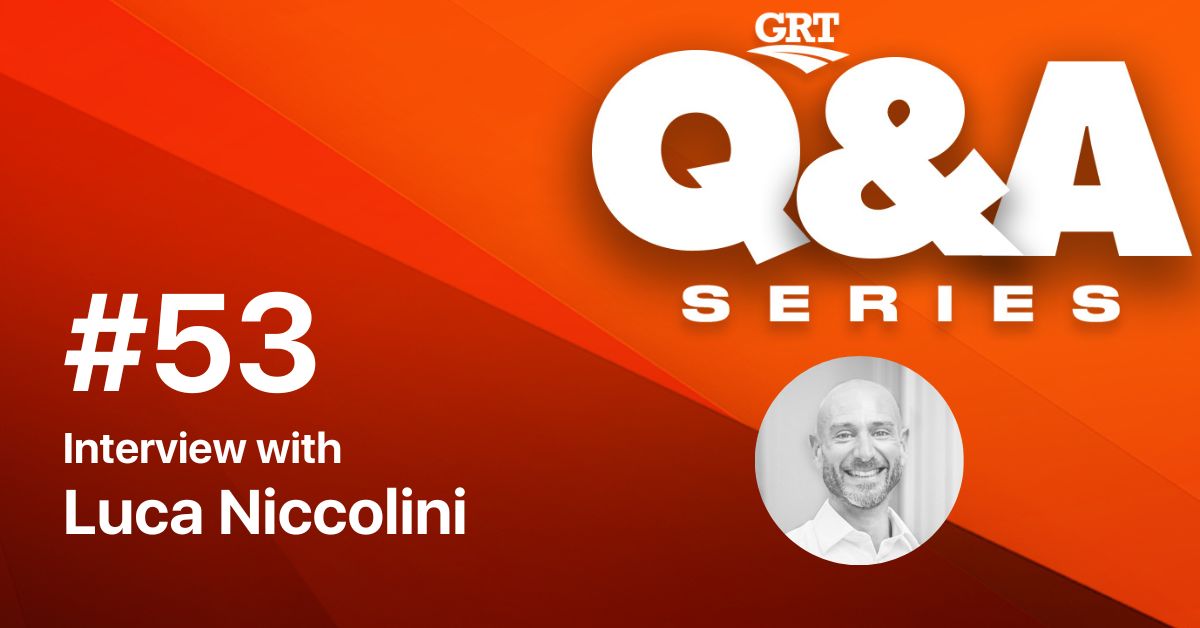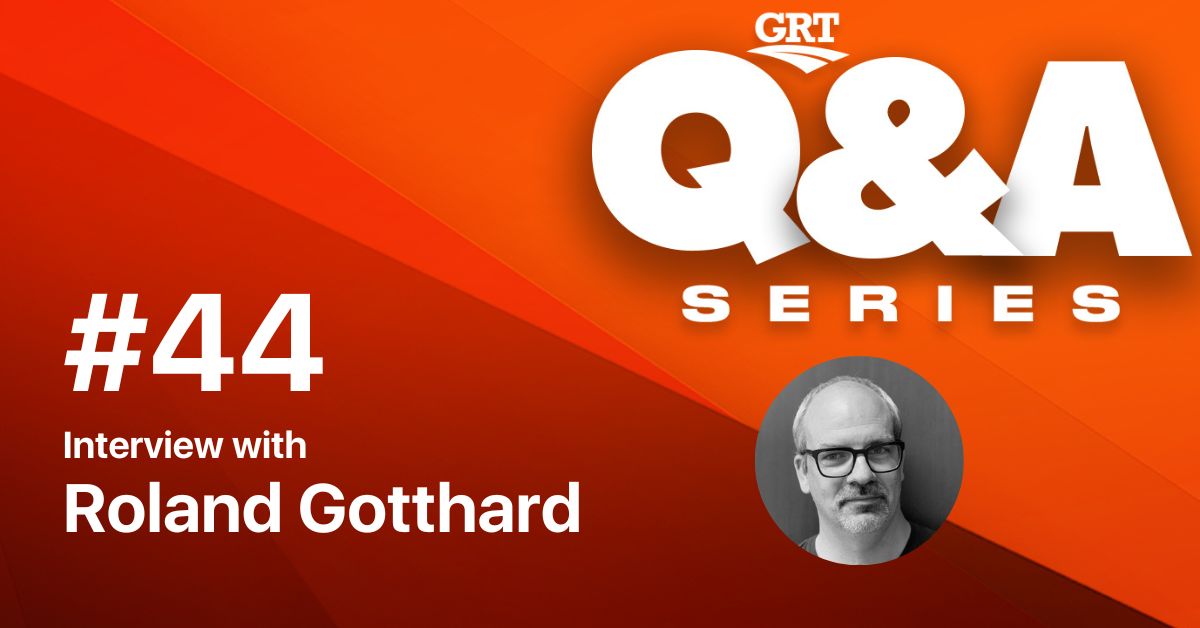Q&A Series #12: Interview with Marcel Huber

About the guest
Marcel Huber, is the founder and managing director of SynCraft. For over ten years now, SynCraft, the Austrian high-tech company based in Schwaz, Tyrol, has been building and installing climate-positive energy systems around the world which use forest residual wood to generate power, heat, and valuable biochar. In 2020 alone, the company commissioned as many turnkey plants as in the first ten years since its founding in 2009, including projects in Japan. It is currently completing its 26th energy system. In 2020 the company received two prestigious awards, the Energy Globe Award, and the TRIGOS Award, for its innovative technology which is the result of years of internal research and development activities.
The topic of discussion: Green energy from wood power
45% of Austrian energy consumption from renewable energy sources is based on wood as a raw material. Around 16% of Austria’s gross domestic energy consumption is covered by biomass.
Austrian company SynCraft is employing one of the most ground-breaking technologies in this field and making a major contribution to the circular economy in a unique manner. The company, which was only founded in 2009 by prominent engineers, uses its patented technologies to generate clean, sustainable bioenergy in its wood-fired power plants and at the same time to capture CO2, which is harmful to the climate. This means that no emissions are produced and that CO2 is captured.
At a time when fossil fuels such as oil, natural gas and coal are becoming increasingly scarce, SynCraft relies entirely on biomass.
A gaseous fuel is obtained from residual and damaged wood, which is converted in a generator into electricity, heat, gas and vegetable carbon. This CO2 is bound in the long term in the form of charcoal, which is then sold as a profitable by-product.
In addition to traditional wood chips, SynCraft will be next focusing on the utilization of waste wood through pyrolysis (carbonization) as well as the generation of heat and vegetable carbon. Vegetable carbon barely decomposes biologically or chemically: its use is versatile, and it remains stable over several centuries, from soil substrate to manure additive to building materials such as concrete. Vegetable carbon is therefore an effective carbon sink and could remove 250 Gt (250,000,000,000 t) of CO2 from the atmosphere by the end of the century if deployed rapidly. This is around one-third of the amount required to keep to the 1.5°C climate target.
In this article, we learn more about green energy from wood power from Marcel Huber, Managing Partner at SynCraft in Schwaz, Tyrol in Austria.
1. Can you tell us more about the global footprint of SynCraft, its services and contributions to real climate positivity?
In fact, as of today, only our power plants and their operations leads to a climate positive footprint. SynCraft itself is already on its way to becoming climate neutral, you are welcome to read more about our steps on https://www.syncraft.at/. We will compensate our scope 1 and 2 emissions for 2020 soon, but for us, the real issue is to become climate neutral or even better climate positive as a company by offsetting our scope 3 emissions. These are those emissions caused by the supply chain. It is a mission impossible to evaluate them today in high accuracy; as you have to evaluate and make assumptions. But we are on the way to becoming a climate-neutral net-zero company by 2030.
2. How does a climate-positive energy system work?
The system turns forest residues into renewable energy, that in fact is climate neutral, as long as the forest residues are harvested from sustainable forests. Besides this, our systems extract a side stream of the natural bound CO2 from plants in the form of high-quality biochar. This biochar is then used for none burning applications like feed-char, additives for concrete or soil enhancers. So this CO2 is locked away for centuries with purpose.
3. With increasing talk about net-zero emissions how is SynCraft contributing to net-zero emissions?
As stated above, we try to also reduce the production of our climate positive power plants down to net zero. The core issue is to compensate for scope 3 emissions. And of course, these compensations will be done with credits generated from our customers’ biochar credits.
4. Is clean energy achievable with the SynCraft technology. If so, how is this possible and can you expand more on Green Energy from wood power?
Energy derived from our energy systems is 100% green. All the forest residues; so to speak the fuel, comes from certified (e.g. PEFC) forests. As with every bioenergy system, there is CO2 in the exhaust gases of the process. This CO2 is climate-neutral of course, but in the long run, this CO2 has to be separated by means of CCS technologies. So small scale CCS units will sooner or later be added to our energy systems.
5. How can the SynCraft technology contribute to cost-effectiveness, clean energy and efficiency?
Our systems come up with a 92% fuel utilization efficiency; that means power, heat and biochar represent more than 90% of the input fuel. That is one of the highest efficiencies actually in the market and we are quite proud of that. If you can make good value of all three products, energy costs come down to a very reasonable price. With our bigger plants at 1 MWel output, we can generate power 24/7 and in winter below 9 cents/kWh our and heat for 4 cents/kWh while still making good profits. That is of course flanked by the biochar income and the income through the carbon credits, which are most of the time actually sold via the carbon removal trading platform https://www.carbonfuture.earth/.
6. What are some of the key challenges faced by SynCraft currently? (In spreading awareness and expanding SynCraft in the market)
The major challenge is to cope with all the requests we currently receive; we have built 16 plants in the last 12 years; we are currently building 13 in parallel and are currently handling another 24 lines in the pre-engineering phase. I mean it’s a great development for the company, but the challenge is big, and we have to scale, not only us but the whole NET (negative emission technology) branch, the next years by at least 50%+. Every year. Till 2050 at least. To get the removal of 830Gt CO2 done till 2100. In fact, there is no competition. Just a mutual task.
7. Moving forward, how important are collaborations in taking SynCraft to new horizons?
It’s all and everything. As stated it is a mutual task of whole humanity to get the climate fixed. So we are looking for partners all over the world, to take the challenge with us. Our systems can be sent and installed almost everywhere if there is a knowledgeable construction and service company available, a 24/7 need for power and heat, a need for biochar and of course forest residues at a reasonable price.
We understand our climate-positive energy system as one piece of a big puzzle; it does not fit everywhere. But where it fits, it can make fun!

Keith Nare
Technical Head of Communications for GRT, Keith leads GRT's content strategy across various platforms, whilst coordinating internally to build the voice and opinions of the GRT team. Keith is a product of Nelson Mandela University and his PhD work focuses on Polymer and Physical Chemistry. He was a Research Associate at SANRAL in South Africa and later spent time as a Visiting Research Associate to NTEC at the University of Nottingham in the UK. He is a former Director of Communications for CALROBO in the USA.
Keith is passionate and enthusiastic about health and safety, sustainability, networking and finding synergy through conversations.
Related Interviews
MORE INDUSTRY ARTICLES
Nothing found.









